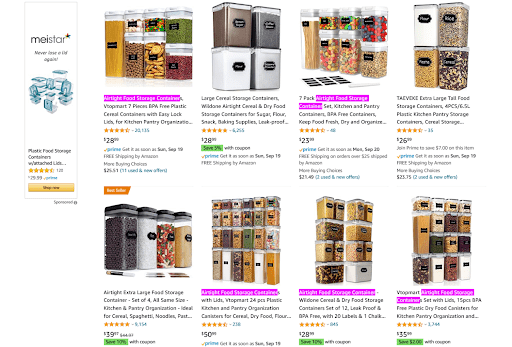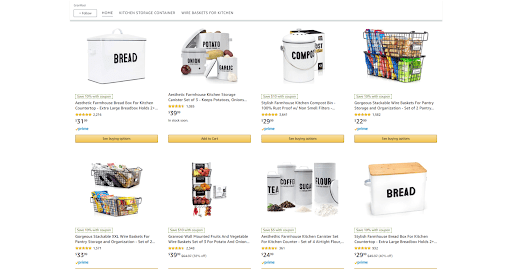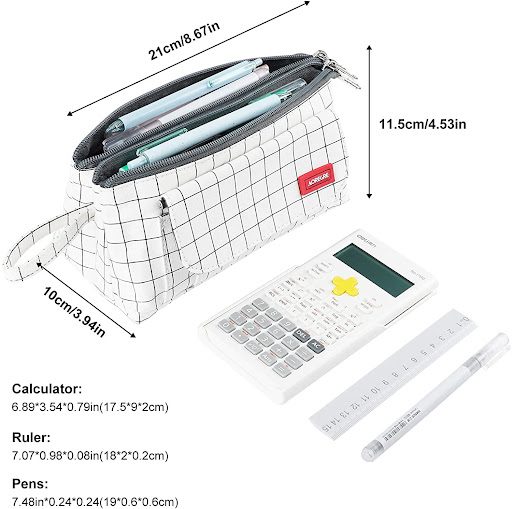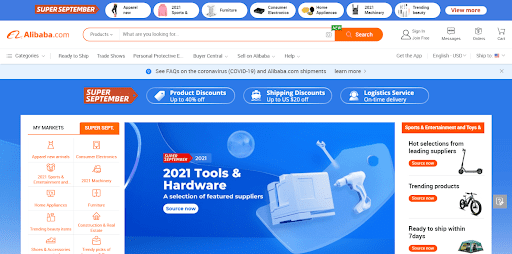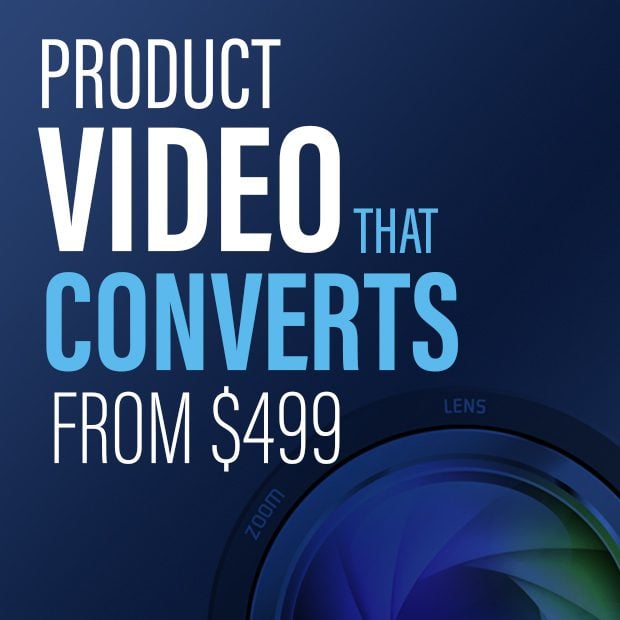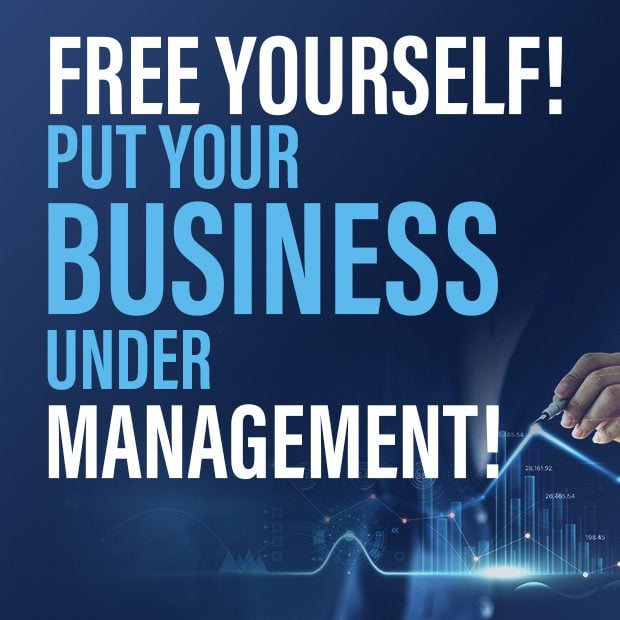Selling on Amazon: 5 Factors That Help You Decide Which Product to Sell
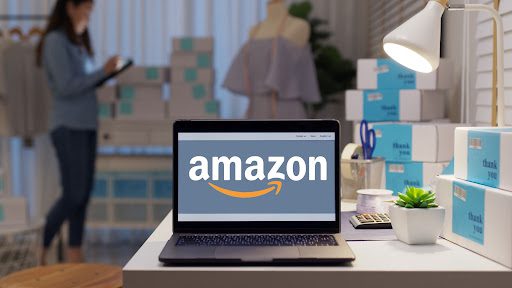
Selling on Amazon lowers the barriers for new entrepreneurs to establish themselves because they get to do it alongside a brand that is trusted and well-known for delivering on customer service.
While the opportunity is great, knowing how to take advantage of it is a little more complex. To sell on Amazon, you have to have a strategy. You can’t just sell any mediocre, commoditized product and expect to sell well.
Additionally, just because a product sells well in a brick-and-mortar store, doesn’t mean you can list it on Amazon and see the same results.
Instead, there are several factors you’ll want to consider when deciding what to sell on Amazon, because Amazon is more than a marketplace; it’s also an algorithm, which means it’s not just about your product, it’s also about understanding what it takes to be seen on the platform.
In today’s article, we’re going to cover five factors you can use to help you decide which product to sell on Amazon. Keep in mind: these aren’t in any particular order, and there are other factors (not mentioned here) that you’ll want to consider.
Factor #1 – Keywords
One of the most important factors that’ll help you determine what product to sell is the product’s keywords. Keywords determine a product’s searchability.
Generally, you’ll want to identify one high-search-volume keyword and one qualifier. That’ll be your main targeted keyword. You’ll usually want to have that keyword at the front of your title.
For example, there are piping tips, and then there are “ball piping tips” and “russian piping tips.”
Here’s an example of the top first-page search results for a high-search-volume keyword (food storage container) with a qualifier (airtight):
You can find a keyword’s search volume using tools like ZonGuru and Helium10.
Identifying a keyword is just one factor, let’s cover the rest.
Factor #2 – Continuity
Another factor you’ll want to consider when determining which product to sell is whether you could create a line of products to support it.
There are many ways to think about this, but to start, here are a few angles you might consider:
- Category (Kitchen, Bath, Outdoor, Clothing, etc.)
- Use (Storage, Decorative, Outdoor, etc.)
- Sourcing (Recycled Bamboo, Costa Rican, etc.)
- Pets (Cats, Dogs, Fish, etc.)
- Occupation (Nurses, Teachers, etc.)
- Color
Let’s say you find a product that nurses tend to use. Your future products might be a lanyard, shoes, uniform, backpack, lunchbox, face mask.
Whichever product you’re looking at, what future products could you produce alongside that product?
Do those other potential products sell well on Amazon?
These are just a few questions that can help you determine whether the original product you’re considering is even worth exploring further.
Let’s look at a product line example:
This brand (GranRosi) is focused on the category, kitchen, and the use, storage. They sell bread boxes, wire bins, compost bins, and food storage containers.
A customer that’s interested in one kitchen storage item will likely be interested in other kitchen storage items. Thinking across products in the same category—and that serve the same function—is such a simple and lucrative way to bring in extra revenue.
Think about it: a customer purchases from you to solve one type of problem; well, if they’re satisfied with their original purchase, they’re likely to come back to you to help them solve that same problem in other formats—that is if you offer them.
Factor #3 – Reviews
If you find a product with an easy-to-target keyword, your next best bet is to see how many products on the first page of the Amazon search results for that keyword have over one hundred reviews.
Listings in the three digits will naturally garner more traffic because it tells the prospect that other people are willing to take a risk on it. This is particularly true if the rating is four stars and above.
In the early days of Amazon, fewer listings had hundreds (or thousands) of reviews, so it was much easier to compete.
That’s what they call a “first movers advantage.”
Today? Not so much.
That’s why, if you want to make your efforts worthwhile, you’ll want to be sure that there are at least seven listings (give or take) on the first page that are below one-hundred reviews and are selling well.
Factor #4 – Competitor Listings
If the first-page search results of the keyword—of the product you’re interested in—has at least seven listings that are below one hundred reviews, then you’ll want to dive deeper and start looking through the product detail pages on the first page.
The goal is to evaluate their quality. If the quality of the listings is poor or mediocre, then you can come into the market with a competitive advantage—a higher quality listing.
There are two main variables that’ll help you determine a listing’s quality: product images and copy.
Here are just a few questions you might ask yourself for each:
Product Images
Are the product photos blurry?
Are there multiple angles of the product?
Are there photos of people using the product?
Do the photos illustrate parts or dimensions of the product?
Copy
Does the copy emphasize the benefits of the product features?
Does the copy describe the various product use cases?
Does the copy call out the various customer avatars that would use the product?
Does the copy list out the package contents?
If you see listings are selling well despite poor product images and copy, even better. That increases the odds that you can enter the market and sell well.
Factor #5 – Manufacturing
Finally, for the last factor that we’re going to discuss in this article, you’ll want to unpack the nature of manufacturing the product.
First, you’ll want to determine the cost of manufacturing. You’ll want to factor in the various FBA fees (referral, fulfillment, storage, etc.), advertising, and the unit cost. Take those costs and subtract them by the median price that the product sells for on Amazon.
Do you have enough profit left over to make it worthwhile?
What’s enough profit for you will largely depend on your unique situation and long-term strategy. In general, 25-30% is a decent range.
Once you’ve determined that the product is worth the likely profit margin, you’ll want to dive deeper into potential product sources.
Thankfully, websites like Alibaba have made connecting with suppliers and evaluating their track history much easier.
Are suppliers for the product easy to find? If so, might they be too easy to find that competitors will easily jump into the market once they find it’s profitable?
Are suppliers hard to find? If so, are you able to verify their reputation and reliability?
Might you need multiple suppliers for different parts of the product?
Asking yourself these questions early on will save you the headache of investing time and energy into a product idea, only to find out that sourcing the product isn’t worth the investment.
Wrapping Up
We covered five of the most important factors that can help you decide which product to sell on Amazon. No one factor alone makes a product worth selling.
You can have a green light on one factor, but totally miss the mark on another. This can make what was at first a great opportunity, a nightmare. When choosing which product to sell, you have to factor in several elements together.
If you start with the five factors laid out in this article, you’re off to a great start.
Happy Selling,
The Page.One Team
The Last Word:
One great mental shortcut to selling on Amazon is finding two products at once. Ideally, those two products should be able to be cross-sold. Sure, if it’s your first time selling on Amazon, you’ll only want to focus on one product to start, but finding two during your product search can give you the confidence to follow through on your Amazon selling journey.

